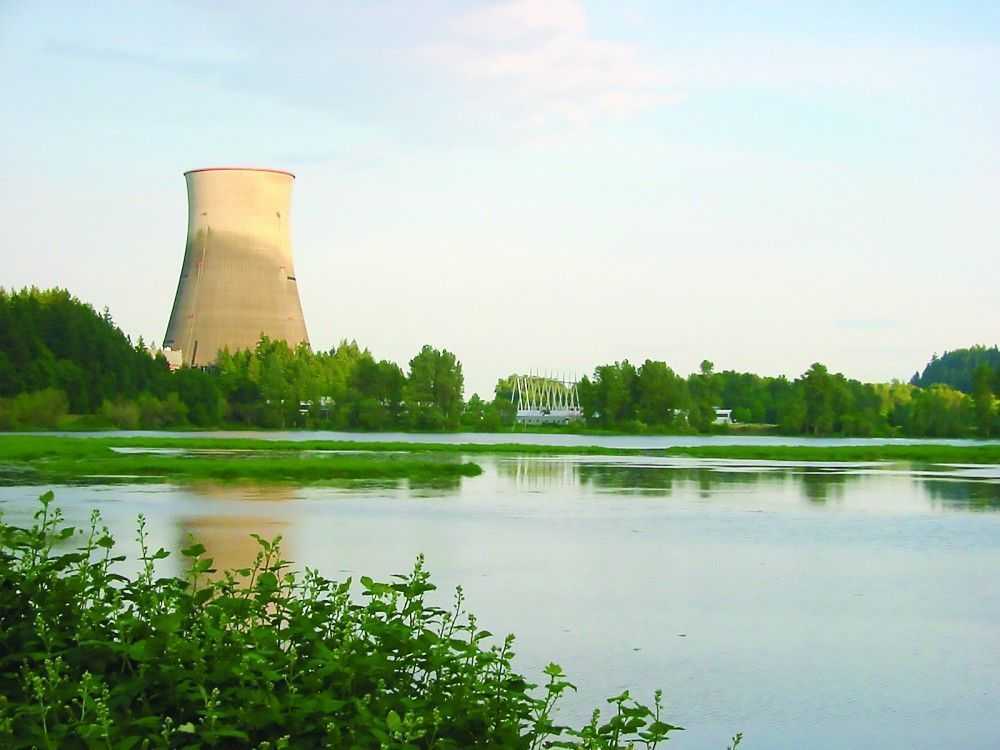Photo by Tobin Fricke
Warm-Water Discharges Are A Wintertime Haven
By CAM Staff
Winter fishing can be tough. In colder water, most fish slow down to conserve energy. Their patterns change; their preferred forage changes; everything slows to a crawl.
For anglers, especially inshore and freshwater fishermen, it’s time to slow down as well. Wintertime means adjusting presentation to entice fish that don’t want to chase food. Fishing slowly can be boring, and many anglers will just wait it out for a warming trend that can cause a spike in activity.
But no matter the air temperature, there are opportunities, likely on your home water, to find fish feeding actively—sometimes reminiscent of spring and summer patterns. These opportunities are created by man’s insatiable need for electricity, and they may cause you to think differently about the ugly power plant that looms over your favorite fishery.
Warm-water discharges are a beacon for anglers seeking reprieve from cabin fever. Crystal River and Tampa Bay, Fla.; Galveston and Trinity Bay, Texas; Lake Sinclair, Ga.; Lake Norman, N.C.; Michigan and Erie in the Great Lakes; the list could go on and on. Pretty much anywhere there is a power plant on an otherwise good fishery, the effects of warm-water discharge can create wintertime opportunities.
Power plants operate using huge quantities of water, as steam to drive turbines as well as for cooling purposes. That heated water, although it goes through a cooling process, is returned to the water body significantly warmer than the surroundings—sometimes upwards of 40 degrees warmer in the winter.
Like campers warming their hands around a fire, fish congregate in the heat—not just because the water feels good but because it creates an ecosystem separate from that of the main body of water. The lifecycles of microscopic organisms are accelerated. Small fish show up to feed on the little stuff. Predatory fish show up to feed on the baitfish.
Now, just because there’s a warm-water discharge doesn’t mean fish will be blowing up bait all over the place. Use the same indicators you always use to find fish. Sometimes you might be lucky enough to find bait flipping on the surface, but more often then not, birds are a very good indicator of the presence of bait and fish around a warm-water discharge.
If the fish are there, fish it the same way you would normal tidal or riverine currents. Some fish may feed directly in the flow of warmer water, but ambush feeders will be hanging on the edges and eddies. Lady fish may be found actively crashing bait in the main current, but seatrout and reds will hang back, often congregating away from the main flow. The same is true of freshwater species. Bass, crappies, catfish, all of them will find calmer water to hold in within close proximity to the swifter, warmer current.
And, although artificials can be productive around warm-water discharges, this is fantastic situation to fish live bait. Nothing is more enticing to fish than bait struggling and drifting in the current. And you never know what you might hook into.
